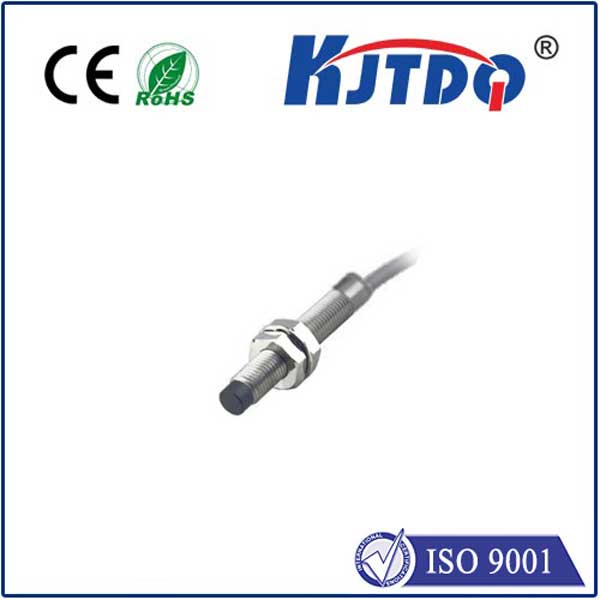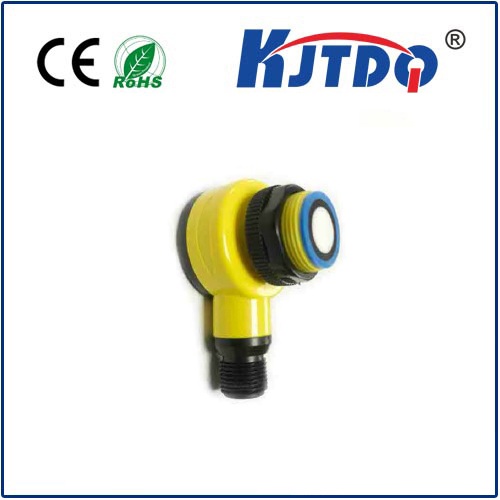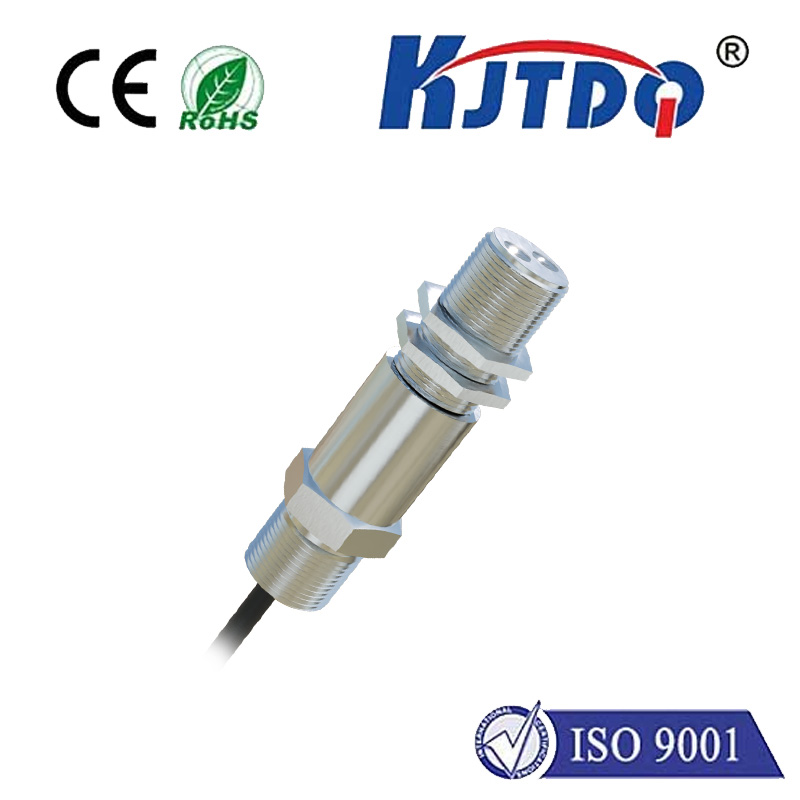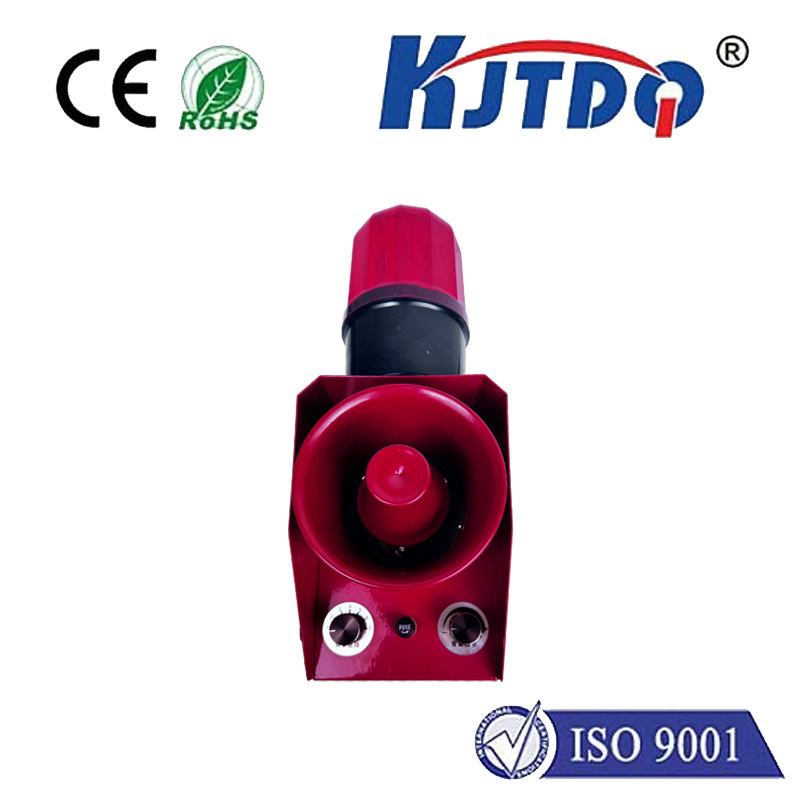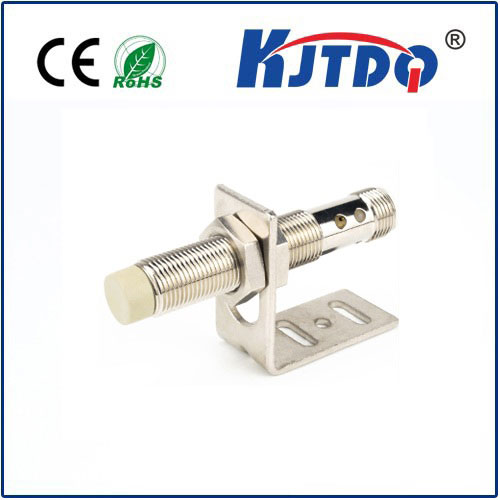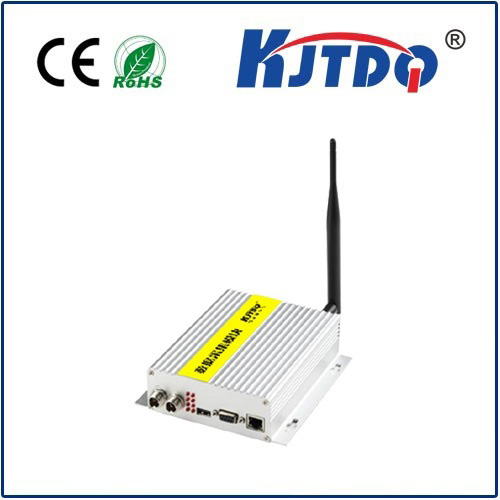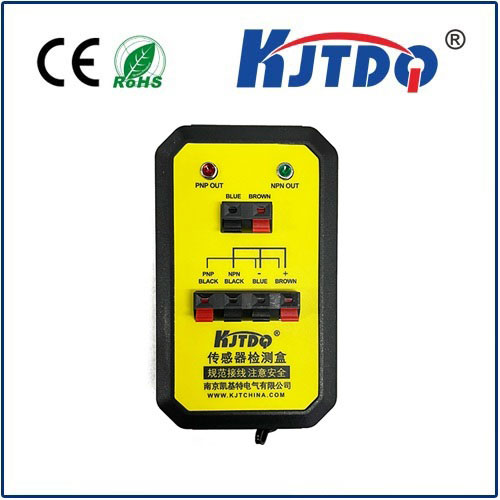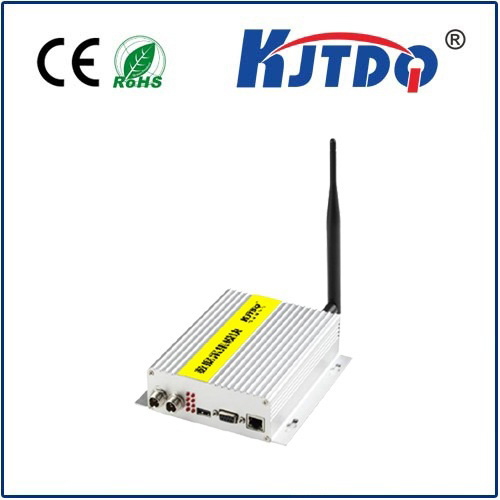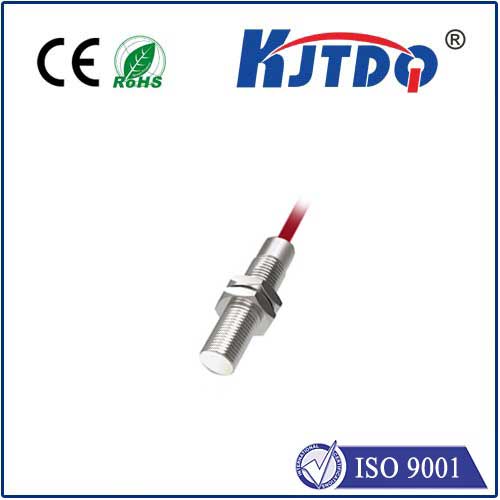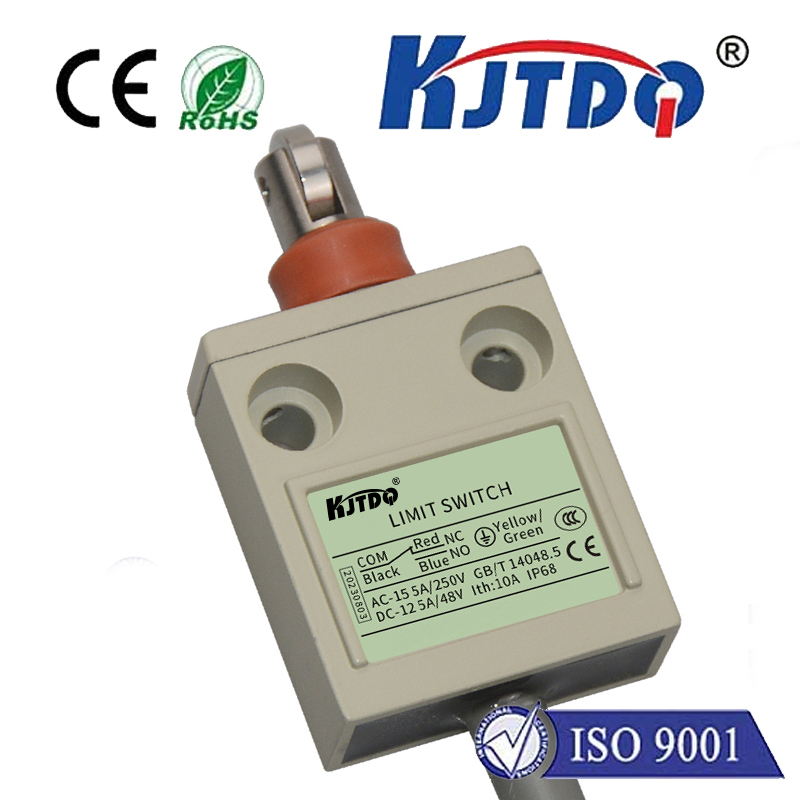
check

check

check

check

check

check

check

check
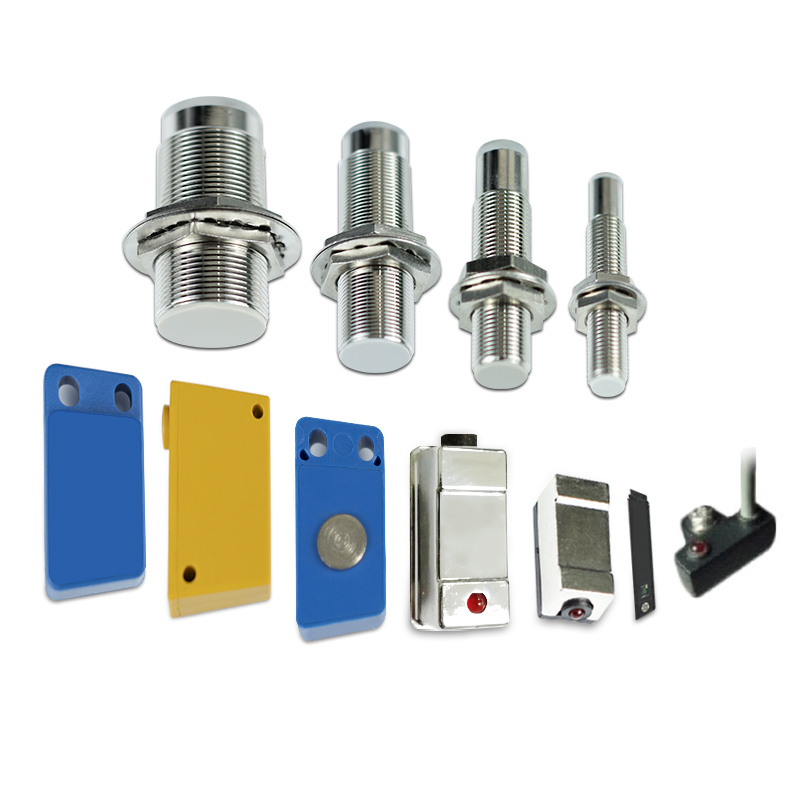
check

check
Title: The Evolution of Micro Switches in Industrial Applications
Micro switches, also known as miniature switches or electric switches, are crucial components in various industrial applications. These tiny switches have come a long way since their inception and are now used extensively in various industries to control the flow of electricity. In this article, we will explore the evolution of micro switches in industrial applications and their significance.
1. Early Developments of Micro Switches
The history of micro switches dates back to the late 19th century when scientists began experimenting with electrical switches made from materials such as silk and carbon. These early switches were expensive, fragile, and had limited application in industrial settings. However, with advancements in technology and materials science, micro switches began to become more accessible and practical for industrial use.
In the early 20th century, engineers developed the first commercially available solid-state switch using silicon crystals. ThisSwitch was small, durable, and cost-effective, making it suitable for use in a variety of industrial applications, including electronic devices, machinery, and power supply systems.
1. Evolution of Micro Switch Technologies
Over the years, micro switch technologies have continued to evolve, offering improved performance, reliability, and versatility. Some of the key milestones in micro switch evolution include:
a. Vacuum Switches: In the 1960s, engineers developed vacuum switches using a thin layer of glass and a vacuum seal between the contacts. Vacuum switches were faster and more reliable than traditional semiconductor switches but were more expensive.
b. SMD (Surface Mount Device) Switches: In the 1980s, manufacturers began using surface mount devices (SMDs) to manufacture micro switches. SMDs allowed for smaller switching elements and higher switching speeds while reducing cost and improving reliability.
c. High-Voltage Switches: As industry demand for high-voltage applications grew, engineers developed high-voltage micro switches that could handle up to 50kV voltage levels. These switches were essential for power transmission and distribution systems.
d. Temperature-Safe Switches: To address the issue of overheating in some micro switches, engineers developed temperature-safe switches that could operate reliably at high temperatures without causing damage or loss of functionality.
e. Hybrid Switches: In recent years, manufacturers have developed hybrid micro switches that combine the advantages of both semiconductor and mechanical switches. These switches offer fast switching speeds, high reliability, and low cost while still maintaining a compact size.
1. Importance of Micro Switches in Industrial Applications
Micro switches play a critical role in many industrial applications, including:
a. Electrical Control Systems: Micro switches are used to control the flow of electricity in various electrical control systems, such as motors, actuators, and sensors. They help maintain safe operating conditions, increase efficiency, and improve overall system performance.
b. Power Supply Systems: Micro switches are essential components in power supply systems, where they help protect against overcurrent, undervoltage, and other electrical hazards. They also ensure reliable power delivery to equipment and appliances.
c. Machinery and Equipment: Micro switches are used in machinery and equipment to provide precise control over electrical circuits, allowing for accurate positioning, movement, and operation. They are particularly useful in applications where space is limited or weight is a concern.
d. Telecommunications: Micro switches are used in telecommunications infrastructure to manage signal transmission and reception, ensuring reliable communication between devices and networks.
Conclusion
